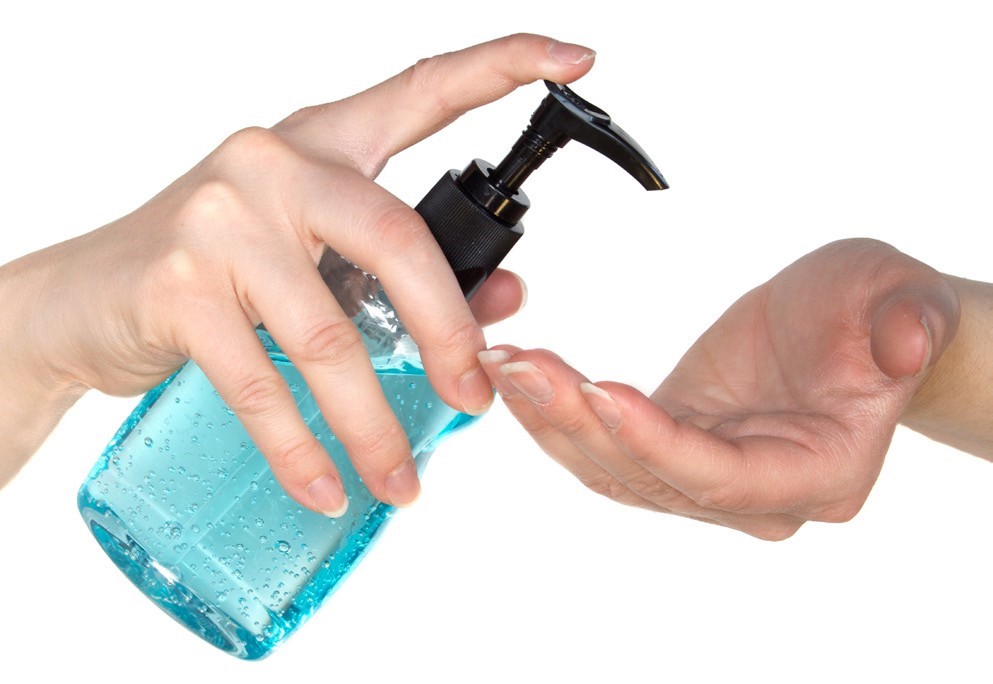When & How to Wash Your Hands
Keeping hands clean is one of the most important steps you can take to avoid getting sick and spreading germs to others. Many diseases and conditions are spread by not washing hands with soap and clean, running water.

When should you wash your hands?
- Before, during, and after preparing food
- Before eating food
- Before and after caring for someone who is sick
- Before and after treating a cut or wound
- After using the toilet
- After changing diapers or cleaning up a child who has used the toilet
- After blowing your nose, coughing, or sneezing
- After touching an animal, animal feed, or animal waste
- After handling pet food or pet treats
- After touching garbage
How should you wash your hands?
- Wet your hands with clean, running water (warm or cold), turn off the tap, and apply
- Lather your hands by rubbing them together with the soap. Be sure to lather the backs of your hands, between your fingers, and under your nails.
- Scrub your hands for at least 20 seconds. Need a timer? Hum the “Happy Birthday” song from beginning to end twice.
- Rinse your hands well under clean, running water
- Dry your hands using a clean towel or air dry.
What should you do if you don’t have soap and clean, running water?
If soap and water are not available, use an alcohol-based hand sanitizer that contains at least 60% alcohol. Alcohol-based hand sanitizers can quick- ly reduce the number of germs on hands in some situations, but sanitizers do not eliminate all types of germs and might not re- move harmful chemicals. Hand sanitizers are not as effective when hands are visibly dirty or greasy.
How do you use hand sanitizers?
- Apply the product to the palm of one hand (read the label to learn the correct amount).
- Rub your hands together.
- Rub the product over all surfaces of your hands and fingers until your hands are dry.

“Keeping your hands clean is still the best way for you and your family members to avoid infections, both in the community and when in the hospital,” explains Whitney Watson, BSN, RN, CIC, infection preventionist at Parkwest Medical Center. “When receiving healthcare services, expect your providers to perform hand hygiene before providing care and don’t be afraid to ask them to clean their hands before providing care or starting treatments. The Centers for Disease Control and Prevention reminds us, ‘It’s OK to ask for protection from infection.’”
Did You Know?
According to the CDC, proper hand washing:
- Reduces the number of people who get sick with diarrhea by 31%
- Reduces diarrheal illness in people with weakened immune systems by 58%
- Reduces respiratory illnesses, like colds, in the general population by 21%
- Reduces illness increases productivity due to:
- Less time spent at the doctor’s office
- More time spent at work or school
Hand Sanitizer: Did You Know?

When soap and water are not available, use an alcohol-based hand sanitizer that contains at least 60% alcohol.
Why? Many studies have found that sanitizers with an alcohol concentration between 60–95% are more effective at killing germs than those with a lower alcohol concentration or non-alcohol-based hand sanitizers.
While non-alcohol-based hand sanitizers are better than not washing hands at all, keep in mind that they may:
- not work equally well for all classes of germs;
- cause germs to develop resistance to the sanitiz- ing;
- merely reduce the growth of germs rather than kill them outright, or
- may be more likely to irritate skin than alco- hol-based hand sanitiz-
To use, apply hand sanitizer to the palm of one hand and rub the product all over the surfaces of your hands until your hands are dry.
Why? The steps for hand sanitizer use are based on a simplified procedure recommended by CDC. Instructing people to cover all surfaces of both hands with hand sanitizer has been found to provide similar disinfection effectiveness as providing detailed steps for rubbing-in hand sanitizer.
Wait! Some sanitizers do not eliminate all types of germs.
Why? Although alcohol-based hand sanitizers can inactivate many types of microbes very effec- tively when used correctly, people may not use a large enough volume of the sanitizer or may wipe it off before it has dried. Furthermore, soap and water are more effective than hand sanitizers at removing or inactivating certain kinds of germs, like Cryptosporidium, norovirus, and Clostridium difficile.
Hand sanitizers may not be as effective when hands are visibly dirty or greasy.
Why? Many studies show that hand sanitizers work well in clinical settings like hospitals, where hands come into contact with germs but generally are not heavily soiled or greasy. Some data also show that hand sanitizers may work well against certain types of germs on slightly soiled hands. How- ever, hands may become very greasy or soiled in community settings, such as after people handle food, play sports, work in the garden, or go camping or fishing. When hands are heavily soiled or greasy, hand sanitizers may not work well. Hand washing with soap and water is recommended in such circumstances.
Hand sanitizers might not remove harmful chemicals, like pesticides and heavy metals, from hands.
Why? Although few studies have been conducted, hand sanitizers probably cannot remove or inactivate many types of harmful chemicals. In one study, people who report- ed using hand sanitizer to clean hands had increased levels of pesticides in their bodies. If hands have touched harmful chemicals, wash carefully with soap and water (or as directed by a poison control center).






